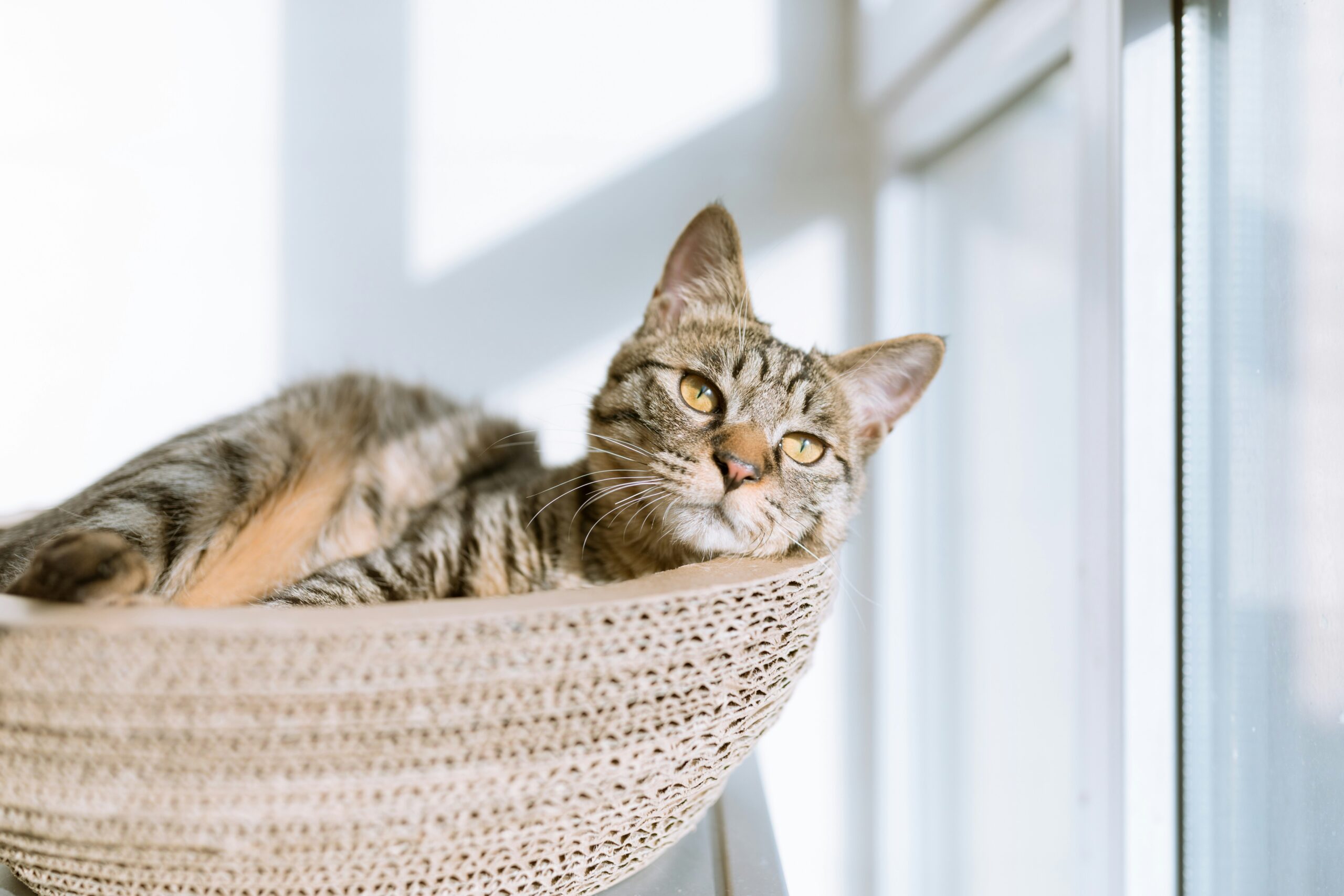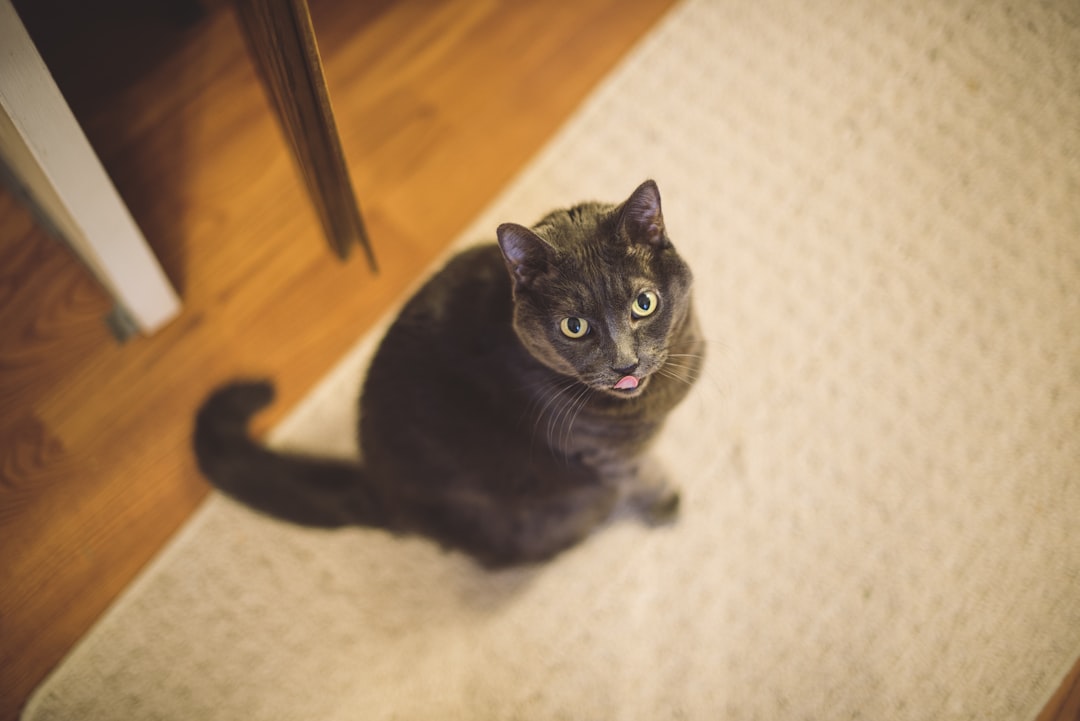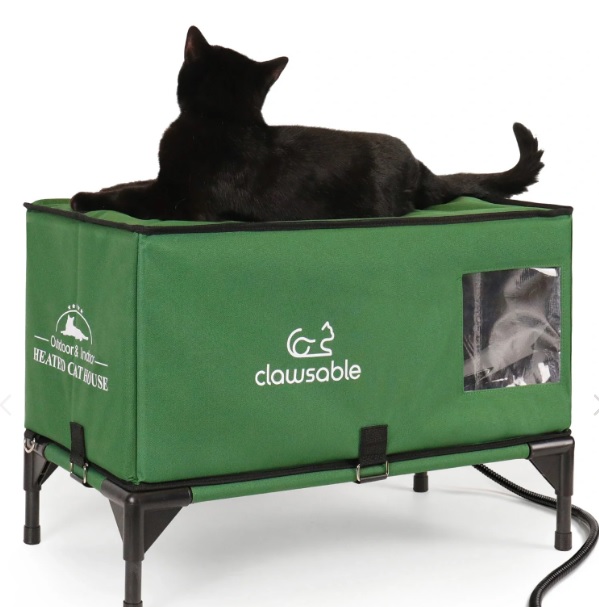Grooming plays a vital role in your cat’s overall health and wellbeing. Selecting the right cat brush ensures a smooth grooming experience while reducing shedding and preventing mats. With various brush types available, it’s essential to consider your cat’s coat type for optimal results. In this guide, we will explore factors that influence your choice of cat brush, as well as tips for making the grooming process enjoyable for both you and your feline friend. Whether you’re managing long-haired tangles or dealing with excessive shedding, understanding the tools available will make all the difference.
Understanding the Importance of Grooming for Cats
Grooming is an essential aspect of cat care that goes beyond mere aesthetics. Regularly brushing your feline friend using a suitable cat brush offers significant benefits, including:
- Reducing Shedding: Frequent grooming minimizes loose fur around your home, making your living space cleaner and reducing allergies.
- Prevention of Hairballs: Brushing helps prevent hairballs, as it removes excess fur that cats may ingest while grooming themselves.
- Skin Health: A good cat brush stimulates the skin and promotes healthy blood circulation, helping to keep your cat’s coat shiny and vibrant.
- Bonding Opportunity: Grooming sessions provide a great way to bond with your cat, enhancing trust and strengthening your relationship.
Moreover, regular grooming allows you to inspect your cat’s skin for any irregularities, helping to catch potential health issues early. By integrating grooming into your cat’s routine, you ensure that they are not only looking good but also feeling their best. Remember, the right cat brush plays a crucial role in achieving these grooming benefits effectively.
Types of Cat Brushes Available
When it comes to grooming your feline friend, selecting the right cat brush is essential. Various types cater to different coat lengths and textures. Here’s a quick overview of the most common types:
Slicker Brushes: Ideal for detangling and removing loose fur. They feature fine, short wires close together. Perfect for medium to long-haired cats.
Bristle Brushes: These brushes use soft, straight bristles. They work best for short-haired cats, helping to distribute natural oils for a shiny coat.
Rubber Brushes: Gentle and flexible, these brushes are fantastic for cats that dislike traditional brushes. They effectively capture loose fur while providing a satisfying massage.
Undercoat Rakes: Designed specifically for thick-coated breeds, these rakes penetrate deeper to remove loose undercoat fur, reducing shedding.
Deshedding Tools: These specialized cat brushes target excessive shedding. They can remove large amounts of undercoat while protecting the skin.
Choosing the right type of cat brush not only helps maintain a healthy coat but also fosters a closer bond between you and your furry companion.
How to Choose the Right Brush for Your Cat’s Coat Type
Choosing the right cat brush depends significantly on your cat’s specific coat type. Different brushes serve unique purposes, and understanding your cat’s fur will help you decide effectively. Here’s a quick guide to match brushes with coat types:
Coat Types and Recommended Brushes
Short-Haired Cats
- Slicker Brush: Removes loose hair and dirt.
- Rubber Brush: Gentle on the skin, collects fur while massaging.
Medium-Haired Cats
- Rake Brush: Proficient at detangling and removing undercoat.
- Comb: For finishing touches and finding hidden mats.
Long-Haired Cats
- Wide-Tooth Comb: Ideal for gentle detangling.
- Dual-Sided Brush: One side for smoothing, the other for detangling.
Considerations When Choosing Your Brush
- Material: Opt for a brush with soft, rounded bristles to avoid irritating the skin.
- Ergonomics: Ensure the handle is comfortable for you, promoting easy grooming.
- Cat’s Preference: Monitor your cat’s reactions; a cat brush that feels good will make grooming sessions more enjoyable.
By selecting the appropriate cat brush for your cat’s coat type, you ensure a more effective grooming routine and healthier fur.
Special Considerations for Long-Haired Cats
Grooming long-haired cats requires extra attention and specific tools. These cats are prone to mats and tangles, which can lead to discomfort if not managed properly. When selecting a cat brush for your long-haired feline, consider the following:
Bristle Type: Opt for a brush with wide-set bristles or a comb designed for detangling. A regular cat brush might not penetrate the dense fur effectively.
Self-Cleaning Features: Look for brushes that simplify maintenance. Some cat brushes have self-cleaning mechanisms, allowing you to remove hair easily after use.
Durability: Long-haired cats often require frequent grooming. Therefore, investing in a sturdy, durable cat brush will ensure it lasts through many grooming sessions.
Here’s a quick comparison to guide you:
| Brush Type | Ideal for Tangling | Comfort Level | Maintenance |
|---|---|---|---|
| Slicker Brush | High | Moderate | Easy |
| Rake Brush | Medium | Moderate | Moderate |
| Rubber Brush | Low | High | Easy |
By choosing the right cat brush and understanding the needs of your long-haired cat, you can mitigate grooming challenges and enhance your pet’s overall comfort. Regular grooming not only keeps the coat healthy but also strengthens your bond with your feline friend.
Handling Shedding: Which Brushes Are Most Effective
Dealing with shedding can be a challenge for cat owners, but selecting the right cat brush can make all the difference. Regular grooming not only reduces loose fur around your home but also promotes a healthier coat. Here are some effective brushes designed specifically to minimize shedding:
Deshedding Tools
- Furminator: Known for its effectiveness, it removes loose hair without damaging the topcoat.
- Pet Neat: Great for collecting fur, making cleanup easy.
Slicker Brushes
- Hertzko Self Cleaning Slicker Brush: This brush helps remove tangles and mats while capturing shedding fur effectively. Its self-cleaning feature makes it convenient.
- Safari Slicker Brush: With fine bristles that reach deep into the undercoat, it efficiently removes stray hairs and debris.
Bristle Brushes
- Go Pet Club Bristle Brush: Best for short-haired cats, this brush distributes natural oils, enhancing coat shine while picking up shedding hairs.
Comparison Table of Effective Cat Brushes for Shedding
| Brush Type | Best For | Key Features |
|---|---|---|
| Deshedding Tools | Heavy shedders | Reduces loose fur; easy to use |
| Slicker Brushes | Mats and tangles | Penetrates thick fur; self-cleaning options |
| Bristle Brushes | Short-haired breeds | Distributes oils; enhances coat shine |
By choosing the right cat brush, you can significantly reduce shedding and keep your cat’s coat looking its best.
Dealing with Mats and Tangles
Mats and tangles can be frustrating for both cats and their owners. Fortunately, the right cat brush can make all the difference. Here’s how to effectively manage and prevent these issues:
Choose the Right Brush:
- A cat brush designed specifically for detangling is ideal. Look for options that feature:
- Wide-spaced teeth for easy glide
- Rounded tips to prevent skin irritation
- A cat brush designed specifically for detangling is ideal. Look for options that feature:
Regular Grooming:
- Schedule grooming sessions at least once a week. This helps detect and address tangles before they become problematic.
Technique:
- Gently hold the mat and work the cat brush through it, starting from the edges. Avoid pulling directly on the fur, as this can cause discomfort.
Products to Help:
- Consider using detangling sprays to ease stubborn mats.
Comparing different types of cat brushes can also aid in choosing the best one for tackling mats:
| Brush Type | Pros | Cons |
|---|---|---|
| Slicker Brush | Effective for mats | May irritate sensitive skin |
| Comb | Great for fine-tuning | Less effective on dense fur |
| Pin Brush | Good for all coat types | Can be harsh if used improperly |
By employing the right techniques and tools, you’ll keep your cat’s coat smooth and tangle-free.
Benefits of Regular Grooming for Cats
Grooming your cat with a cat brush offers numerous advantages, significantly enhancing your feline’s well-being. Here are key benefits of incorporating regular grooming into your routine:
- Reduces Shedding: A good cat brush effectively removes loose fur, minimizing hair around your home.
- Prevents Mats and Tangles: Regular brushing keeps your cat’s coat smooth and prevents painful mats, particularly in long-haired breeds.
- Promotes Healthy Skin: Grooming stimulates natural oils in your cat’s skin, leading to a healthier and shinier coat.
- Improves Bonding: Grooming creates a bonding experience, reinforcing trust and affection between you and your pet.
- Early Detection of Health Issues: Regular brushing allows you to observe your cat’s skin condition, helping to identify issues like parasites or allergies early on.
Using the right cat brush can transform grooming into a relaxing and enjoyable experience for both you and your cat. Establish a regular grooming schedule to enjoy these benefits while keeping your feline friend healthy and happy!
Tips for Introducing Your Cat to Grooming
Introducing your cat to grooming can be a smooth process if you follow these strategic tips. A gentle introduction will help your feline friend become more comfortable with the cat brush, making grooming a pleasurable experience for both of you.
- Start Slow: Begin by letting your cat sniff the cat brush. This helps them familiarize with it without feeling threatened.
- Short Sessions: Keep grooming sessions brief initially (5-10 minutes). Gradually increase the duration as your cat gets used to the cat brush.
- Positive Reinforcement: Reward your cat with treats or affection during and after grooming to create a positive association.
- Choose the Right Time: Groom when your cat is relaxed, maybe after a meal or playtime. Avoid stressful situations to improve their mood.
- Use the Right Technique: Gently brush in the direction of their fur growth. Use soft strokes, especially around sensitive areas.
By following these tips, you’ll foster trust and comfort, making grooming a rewarding experience for both you and your cat.
Maintaining and Cleaning Your Cat Brush
Keeping your cat brush in top condition is essential for effective grooming and your cat’s overall health. Regular maintenance and cleaning can prevent the spread of dirt and bacteria, ensuring a pleasant experience for both you and your feline friend. Here’s how to properly care for your cat brush:
Remove Hair After Use: Always remove fur from the bristles right after grooming. This prevents hair buildup and keeps the brush effective.
Wash the Brush: Occasionally, wash your cat brush with soapy water. Use a mild detergent to eliminate dirt and oils that accumulate over time.
Disinfect the Bristles: Soak the brush in a vinegar-water solution (1:1 ratio) to disinfect and kill germs. Rinse thoroughly and allow it to dry completely.
Inspect for Damage: Regularly check your brush for any frayed bristles or broken components. Replace damaged brushes to maintain grooming efficiency.
By following these simple steps, you can ensure your cat brush remains clean and effective, enhancing your grooming routine and keeping your cat healthy and happy. Regular upkeep also helps create a positive grooming experience, making sessions more enjoyable for both of you.
Signs Your Cat Enjoys or Dislikes Grooming Sessions
Understanding your cat’s feelings about grooming can significantly enhance the experience for both of you. Here are some tell-tale signs to look for when using a cat brush:
Signs Your Cat Enjoys Grooming:
- Purring: A happy cat often purrs while being brushed.
- Relaxed Body Language: Look for a relaxed posture, with their body loose and tail held high.
- Leaning In: If your cat leans into the brush or rubs against it, they likely enjoy it.
- Playfulness: A playful reaction with paws swatting at the cat brush can indicate enjoyment.
Signs Your Cat Dislikes Grooming:
- Hissing or Growling: Any vocalizations that indicate discomfort should not be ignored.
- Tense Body Language: A stiff posture or a tail tucked away suggests anxiety.
- Attempting to Escape: If your cat tries to jump away or hides, they likely dislike the grooming session.
- Avoidance Behavior: If your cat runs away when they see the cat brush, it’s a clear sign of dislike.
By observing these cues, you can adapt your grooming technique or frequency to ensure your cat remains comfortable and happy during grooming sessions.



